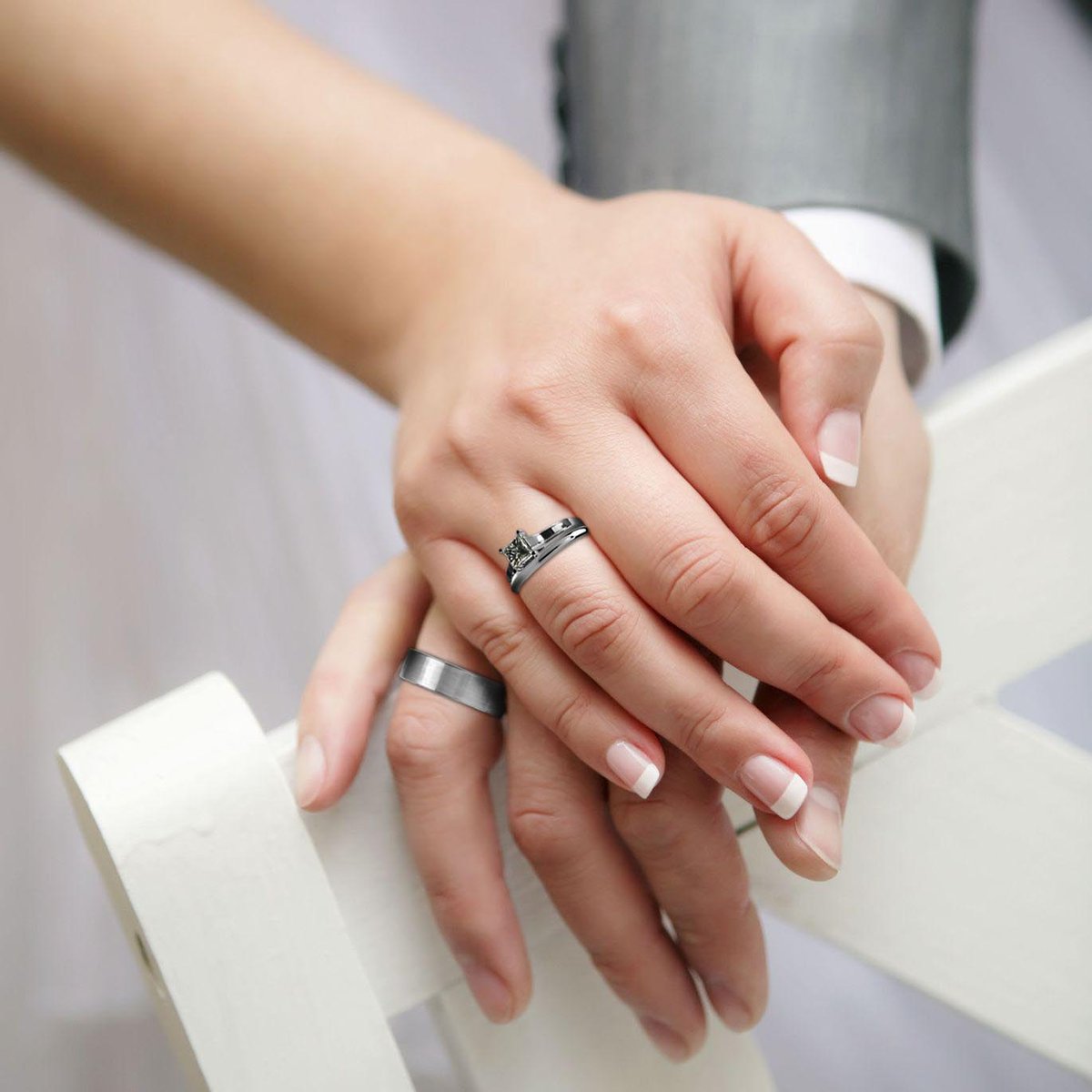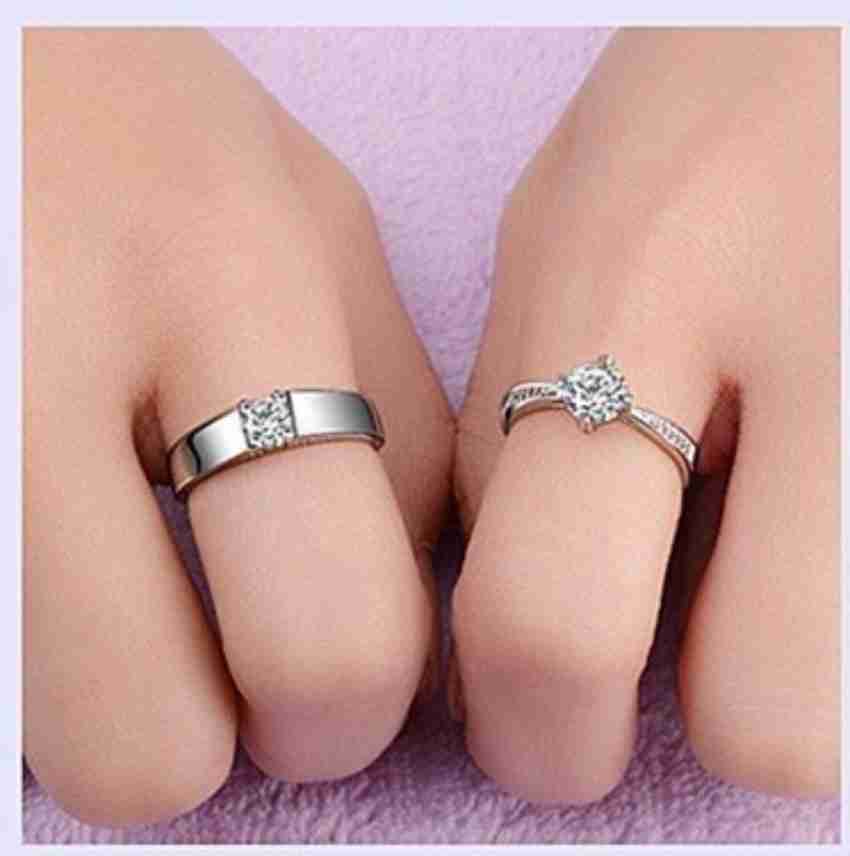How to Make Your Own Natural Lip Balm
Lip balm is a must-have in every beauty and skincare routine. Not only does it keep your lips soft and moisturized, but it also adds a touch of glamour to your overall look. While there are numerous commercial lip balms available in the market, making your own natural lip balm can be a rewarding and cost-effective DIY project. In this article, we'll guide you through the process, ensuring you create a lip balm that's not only 100% natural but also personalized to your preferences.
Commercial lip balms often contain synthetic ingredients and chemicals that may not be suitable for everyone. Creating your own natural lip balm allows you to have full control over the ingredients, ensuring a product that's gentle on your lips and free from harmful additives.
Gathering Your Ingredients
Before diving into the making process, gather the following ingredients:
- Beeswax pellets or blocks
- Carrier oils (such as coconut oil, almond oil, or jojoba oil)
- Essential oils (for fragrance and added benefits)
- Lip balm containers or tubes
- A heatproof glass or stainless steel container
- Double boiler or microwave
Selecting the Right Carrier Oils
The choice of carrier oil plays a crucial role in the texture and nourishing properties of your lip balm. Coconut oil is excellent for a smooth and creamy balm, while almond oil provides deep hydration.
Choosing Natural Beeswax
Natural beeswax acts as a thickening agent and provides a protective barrier for your lips. Ensure it's unbleached and free from chemicals.
Essential Oils for Added Benefits
Essential oils not only add a delightful fragrance but also offer various benefits. For instance, lavender oil soothes dry and chapped lips, while peppermint oil gives a refreshing tingle.
Tools and Equipment
Having the right tools is essential for a seamless lip balm-making experience. A heatproof container and a double boiler or microwave are key components.
Step-by-Step Instructions
Making the Lip Balm Base
- Measure out your selected carrier oil and beeswax.
- In a heatproof container, combine the oils and beeswax.
- Use the double boiler or microwave to melt them together until fully liquid.
Adding Essential Oils
- Once the base is melted, add a few drops of your chosen essential oil(s).
- Stir well to ensure even distribution.
Pouring into Containers
- Carefully pour the mixture into your lip balm containers or tubes.
- Allow it to cool and solidify.
Storing Your Homemade Lip Balm
Store your homemade lip balm in a cool, dry place. Avoid exposing it to direct sunlight or extreme temperatures.
Tips and Tricks
- Experiment with different essential oil combinations to create your signature lip balm scent.
- Beeswax ratios can be adjusted for a softer or firmer lip balm.
- For tinted lip balm, add a natural coloring agent like beetroot powder.
Benefits of Natural Lip Balm
Homemade natural lip balm provides several advantages:
- Chemical-free
- Customizable
- Cost-effective
- Nourishing and hydrating
Why Go Natural?
Natural lip balm ingredients are gentle and beneficial for your lips, avoiding harsh chemicals that may cause irritation.
Customizing Your Lip Balm
Personalize your lip balm by adjusting the scent, texture, and color to suit your preferences.
Safety Precautions
Always follow safety guidelines when working with hot ingredients. Be cautious to prevent burns and spills.
Creating your own natural lip balm is a fun and rewarding DIY project. Not only do you get to enjoy the benefits of a chemical-free product, but you can also customize it to suit your unique preferences.
FAQs
Q1: How long does homemade lip balm last?
A: Homemade lip balm typically has a shelf life of 6-12 months, depending on the ingredients used.
Q2: Can I use shea butter in my lip balm?
A: Yes, shea butter can be an excellent addition for added moisturizing benefits.
Q3: Are there any essential oils to avoid in lip balm?
A: Avoid using citrus essential oils, as they can make your lips sensitive to sunlight.
Q4: Can I add SPF to my lip balm?
A: Yes, you can incorporate zinc oxide or a lip-safe sunscreen to make a sun-protective lip balm.
Q5: Is it safe to use homemade lip balm on children?
A: Homemade lip balm can be safe for children, but it's essential to choose child-friendly essential oils and supervise their use.
Now that you know how to make your own natural lip balm, it's time to embark on this delightful DIY journey. Enjoy the benefits of soft, moisturized lips while reveling in the satisfaction of creating your very own customized lip care product.









 English (US) ·
English (US) ·